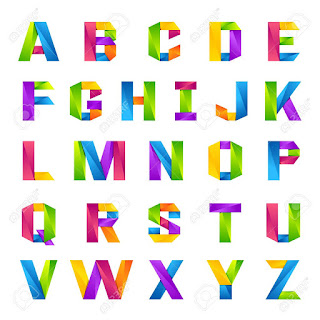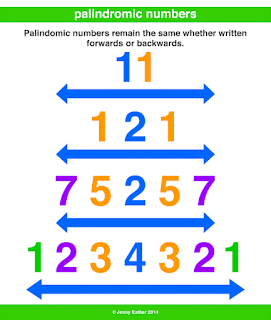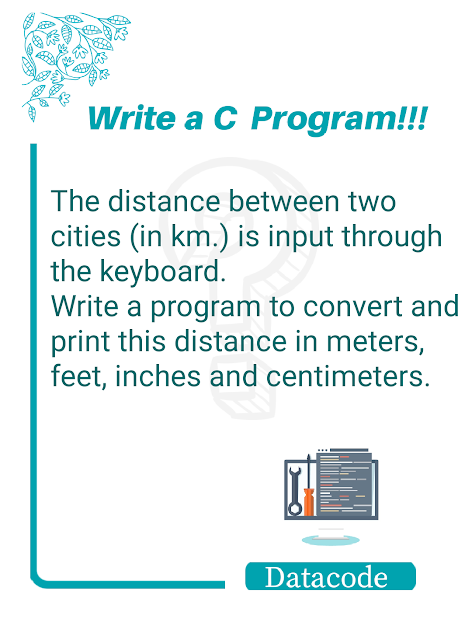PALINDROMIC NUMBER A palindromic number or numeral palindrome is a number that remains the same when its digits are reversed. Like 16461, for example, it is "symmetrical". The term palindromic is derived from palindrome, which refers to a word (such as rotor or racecar) whose spelling is unchanged when its letters are reversed. The first 30 palindromic numbers (in decimal) are: 0, 1, 2, 3, 4, 5, 6, 7, 8, 9, 11, 22, 33, 44, 55, 66, 77, 88, 99, 101, 111, 121, 131, 141, 151, 161, 171, 181, 191, 202, … and so on Although palindromic numbers are most often considered in the decimal system, the concept of palindromicity can be applied to the natural numbers in any numeral system . Consider a number n > 0 in base b ≥ 2, where it is written in standard notation with k +1 digits a i as: {...



